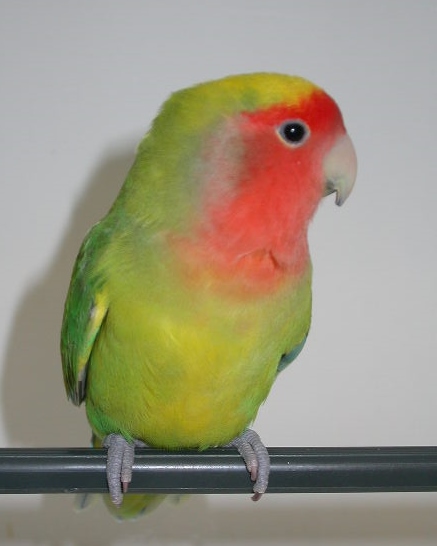
It’s the last day of April which means today is last day in the spotlight for our Animal of the Month – the lovebird. We hope you enjoyed our tweets on these cheerful birds @ExoticPetVets. We are summarizing our tweets here in case you missed any during the month. Did you know?:
- There are nine species of lovebirds. Eight of the nine lovebird species are native to mainland Africa.
- The grey-headed or Madagascar lovebird is native to Madagascar.
- The peach-faced lovebird (Agapornis roseicollis) is most commonly kept as a pet. It’s also the largest lovebird species.
- Other common lovebird species kept as pets are the black-masked, blue-masked and Fischer’s lovebirds.
- Lovebirds are cheerful and sassy birds who love to play and hide under paper, in pockets and on shoulders under long hair.
- Lovebirds love to chew and in captivity should be given paper, non-toxic fresh branches and bird-safe toys to play with.
- Lovebirds are monogamous and mate for life. They’ve been known to pine for mates who die or are separated from the flock.
- Both in the wild and in captivity, lovebirds are generally very social.
- Despite their name, lovebirds can be very territorial and aggressive with each other and with other bird species.
- Lovebirds don’t necessarily need to be kept in pairs in captivity.
- A single lovebird can make a great family pet, but needs proper attention to make up for the lack of a companion lovebird.
- Lovebirds are small stout parrots with short blunt tails. They’re among the smallest of all parrot species.
- Lovebirds are generally not good at mimicking human speech or sounds as some other parrot species.
- Lovebirds love to chatter and have a high-pitched chirp. They may chirp back and forth with you if you can mimic their sound.
- Lovebirds have been around a long time. Ancient lovebird fossils aged around 1.9 million years were found in South Africa.

